Although visual appearances and acting styles have evolved with to the tastes of each era, there remains a certain consistency in the various adaptations of Dumas’ work: grand sets, thrilling twists, action scenes, large-scale productions and, finally, the personal vision of each director, which have allowed the myth to remain fresh in the minds of each new audience.
One for all, all for one, all for cinema!
Early Adaptations
The very first adaptation of The Three Musketeers was English, when in 1898 Fencing Contest from the Play “The Three Musketeers” staged the duel between the four musketeers and Jussac’s men in the Luxembourg Gardens with the same actors as those in the theatrical production. Two years later French filmmaker Georges Méliès released Le Mousquetaire de la Reine, a film now lost.
During World War I Pathé introduced the film serial format where films were released episode by episode, usually weekly. This format suited The Three Musketeers perfectly. In 1921 Henri Diamant-Berger’s film was divided into twelve episodes, each covering a section of the novel. That same year Douglas Fairbanks stole the screen in an American adaptation of The Three Musketeers directed by Fred Niblo and partly financed by Fairbanks himself, followed in 1929 by its sequel The Iron Mask directed by Allan Dwan.
Let There Be Colour!
In the 1950s a new wave of films was produced in France, marked by spectacular productions in colour! André Hunebelle’s 1953 production of The Three Musketeers was a particular success, drawing 5.3 million viewers. With its picturesque costumes, detailed recreation of Parisian streets and extensive scenes being shot outdoors, this film aimed to compete with the American cinema — notably with George Sidney’s first colour adaptation The Three Musketeers shot in 1948.
D’Artagnan on the Small Screen
The 1960s brought technological advances that highlighted the movement and grandeur of film sets even better. Most adaptations during this period were filmed in Europe, a decade that saw a decline in cinema attendance with the arrival of television in people’s homes. TV adapted the novel in series format, and in 1959 The Three Musketeers directed by Claude Barma was broadcast featuring the young and hitherto unknown Jean-Paul Belmondo in the lead role.
Spectacular Popular Entertainment
Adaptations of The Three Musketeers have always been large-scale productions aimed at broad audiences. In 1998 Leonardo DiCaprio, along with a star-studded cast, played both Louis XIV and the Man in the Iron Mask in a Metro-Goldwyn-Mayer production. Paul W.S. Anderson’s very loose 2011 adaptation, too, left a strong impression by introducing flying ships, while the latest 2023 version by Martin Bourboulon features a sizable budget and a well-known French cast.
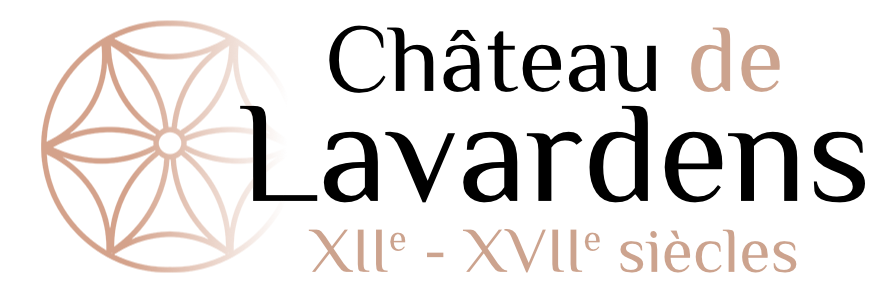
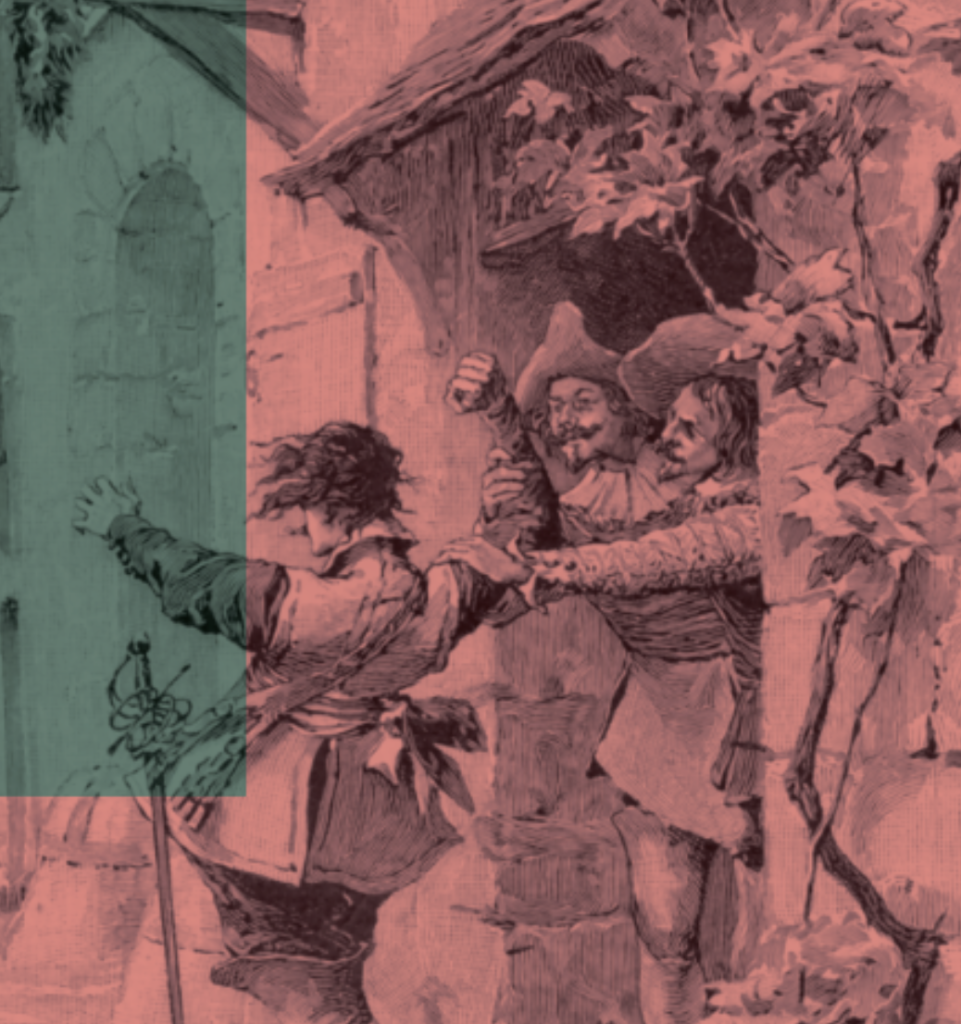
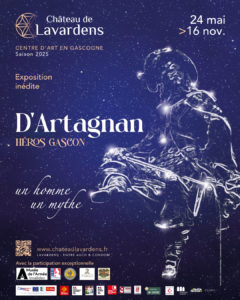
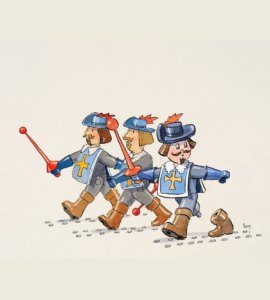
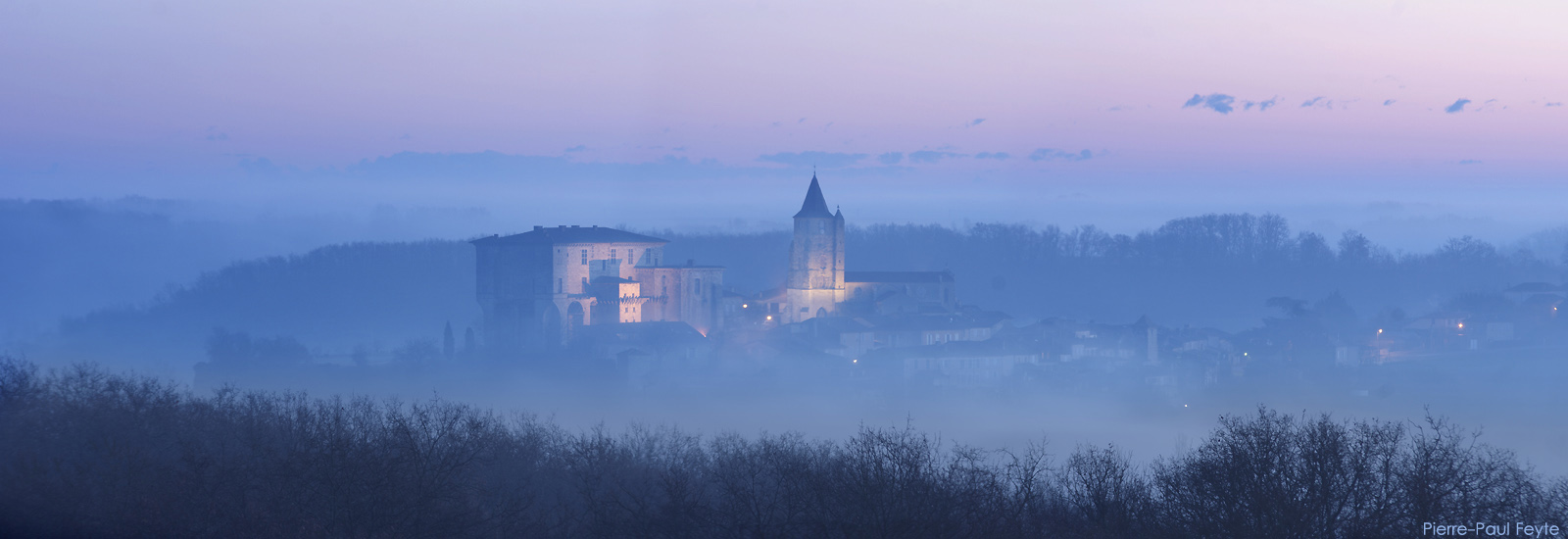
 dernier accès à la billetterie 1 heure avant la fermeture (afin de vous laisser un temps de visite confortable).
dernier accès à la billetterie 1 heure avant la fermeture (afin de vous laisser un temps de visite confortable).